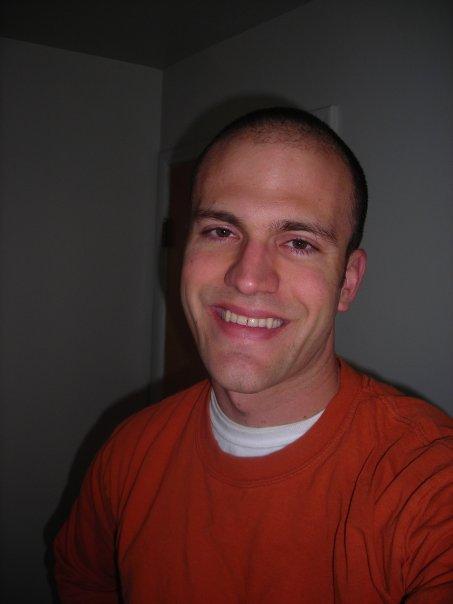LAB Announcements
Spotlight
Scott Speckart

Hometown: Salt Lake City
Program: PhD (Graduated December 2013)
Current Position: Air Dispersion Modeler, Nevada Division of Environmental Protection
Research Interests: My interests include: the examination of atmospheric dispersion both numerically and experimentally. The numerical aspect spans from Lagrangian dispersion models to simpler Atmospheric dispersion models (ADE). Comparing these model results with measurements from the field is very rewarding. My research has implemented these models and methodology to understanding the problem of near source deposition of PM10 generated from traffic on unpaved roads.
I am also interested in the modeling of turbulence. This includes the implementation of simple mixing length models to more complex Large Eddy Simulation (LES). The application of these methods Atmospheric flows to smaller scale engineering flows is of great interest to me.
Publications:
Speckart, S., Pardyjak, E., Quick response modeling of windbreaks (Manuscript under preparation).
Speckart, S., Pardyjak, E., Veranth J.V., Parameters that influence the removal of PM10 in the near source zone downwind of unpaved roads: suggested by field studies and confirmed by numerical solution (Manuscript under preparation).
Holmes, H.A., Pardyjak, E.R., Speckart S.O., Alexander A., 2011. Comparison of indoor/outdoor carbon content and time resolved PM concentrations for gas and biomass cooking fuels in Nogales Sonora. Atmospheric Environment 45:7600-7611
Pardyjak, E.R., Speckart, S. O., Yin F., Veranth J.M., 2008. Near source deposition of vehicle generated fugitive dust on vegetation and buildings: Model development and theory. Atmospheric Environment 42: 6442–6452
J. Veranth, S. Speckart, B. Addepelli, and E. Pardyjak, 2010: Development of windbreak dust control models for roadway fugitive dust mitigation and transport flux, AAAR 29th Annual Conference, Portland, OR, 25-29 October 2010. Paper Number: 8.B.16
John M. Veranth, Kevin Perry, Eric Pardyjak, Scott Speckart, Raed Labban, Erin Kaser, John Watson, Judy C. Chow, Vic Etyemezian, Steve Kohl, “Characterization of PM2.5 Dust Emissions from Training/Testing Range Operations." Strategic Environmental Research and Development Program (SERDP) Project SI-1190 August 2008)
John Veranth, Scott Speckart, Eric Pardyjak, “Experimental and modeling study of particle deposition near roads.” (American Association for Aerosol Research (AAAR) Reno Nevada, September 2007)
H.A. Holmes, S. O. Speckart and E. R. Pardyjak, 2007: Comparison of the time evolved spatial distribution of urban PM2.5 concentrations during burning and wind-blown high PM events in Yuma, AZ, Amer. Meteor. Soc., Seventh Symposium on the Urban Environment, San Diego, CA, 10-13 September 2007, paper 8.5.
Eric Pardyjak, Prathap Ramamurthy, Scott Speckart, “Development of a windbreak dust control strategy tool for communities in arid climates such as the US-Mexico border region.” (Southwest Consortium for Environmental Research and Policy (SCERP) Annual Technical Conference, Tucson Arizona, December 2006)
Eric Pardyjak, Scott Speckart, “Assessment of windbreaks as a dust control strategy for communities in arid climates such as the US-Mexico border region.” (Southwest Consortium for Environmental Research and Policy (SCERP) Annual Technical Conference, San Diego January 2006)
Veranth , J., S. Speckart, E. Pardyjak, V. Etyemezian, Experimental and numerical studies of near source fugitive dust transport, American Association for Aerosol Research, 2005 Annual Conference, Austin, Texas October 17 - 21, 2005.
Scott Speckart, Eric Pardyjak, Vic Etyemezian, Fang Yin, John Veranth,” Computational Modeling of Near-Source Deposition of Fugitive Dust on Vegetative Surfaces.” (Air and Waste Management Association Conference, Minneapolis Minnesota, June 2005)


